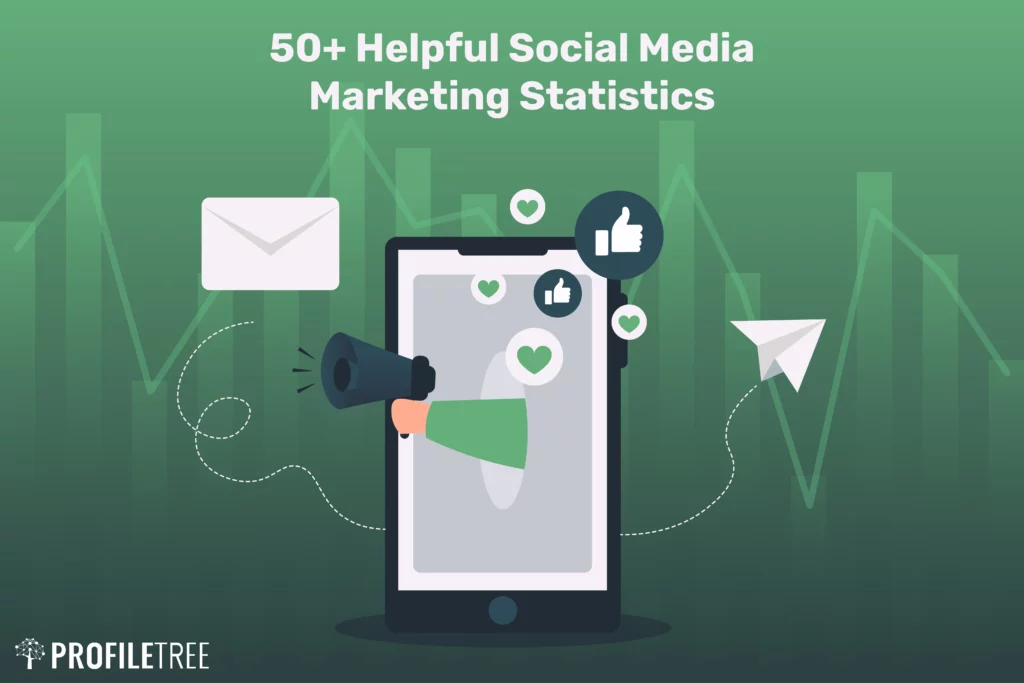Social media has transformed how we connect, transcending geographical boundaries and creating virtual communities that bring people together. The numerous platforms have undeniably brought about significant advancements in our ability to stay connected, facilitating instant communication and enabling the exchange of ideas on a global scale.
Nevertheless, alongside its widespread adoption, we are confronted with a pressing concern: social media harassment. This distressing phenomenon has cast a sombre shadow over the numerous positive aspects of this technological revolution. Social media has provided a platform for marginalised voices to be heard, promoting social activism and facilitating social change. Yet, the rise of social media harassment threatens to undermine these positive developments.
As we navigate the complexities of the digital landscape, we must address the issue of social media harassment head-on. Promoting awareness and education about the consequences of cyberbullying is paramount. By fostering an online environment that promotes respect, empathy, and kindness, we can mitigate the negative impact of social media harassment.
So, let’s delve deeper into the intricacies of cyberbullying and its inevitable impact on individuals and societies alike:
Definition of Social Media Harassment and the Most Common Types

Social media harassment, commonly referred to as cyberbullying, has become a pervasive issue in our digital society. It involves the use of online platforms to intimidate, threaten, or humiliate individuals, causing significant emotional distress and psychological harm. The anonymity and perceived sense of detachment offered by social media can encourage harassers, leading to an escalation of abusive behaviour.
This form of harassment can manifest in various ways, including the spreading of hateful messages, the circulation of private and compromising information, or the creation of fake accounts to defame or harass individuals. Over the years, social media platforms have witnessed a distressing surge in cyberbullying and harassment incidents.
Here are some of the different forms of social media harassment to be aware of:
Cyberbullying through Harassment and Insults
One of the most common forms of social media harassment involves the deliberate use of derogatory language, insults, or offensive comments targeting individuals. Cyberbullies may engage in name-calling, body-shaming, or attacking someone’s race, religion, gender, or other personal characteristics. Such actions inflict emotional distress and damage self-esteem.
Online Threats and Intimidation
Cyberbullies may resort to issuing threats, either explicit or implied, to instil fear and exert control over their victims. Threats can range from physical harm to reputation damage, and they often aim to manipulate, intimidate, or coerce individuals into complying with the bully’s demands or silencing their voices.
Impersonation and Identity Theft
In this form of cyberbullying, individuals create fake accounts or assume the identities of others to deceive, humiliate, or manipulate their victims. Impersonators may post harmful content, engage in malicious interactions, or tarnish someone’s reputation by spreading false information. This type of harassment not only causes emotional distress but can also have severe consequences on personal and professional relationships.
Doxing and Invasion of Privacy
Doxing refers to maliciously revealing and distributing someone’s private or sensitive information, such as home addresses, phone numbers, or financial details. Cyberbullies may exploit this tactic to intimidate and harass their victims or incite others to harm them. Invasion of privacy through the unauthorised sharing of personal photos, videos, or intimate details is another form of harassment that can cause severe emotional distress and damage an individual’s reputation.
Exclusion and Social Manipulation
Social media platforms thrive on connection and social interaction. Cyberbullies may employ tactics to deliberately exclude individuals from online communities, groups, or conversations. They may spread rumours, gossip, or false information to manipulate social dynamics, isolate victims, and damage their relationships with others. This form of harassment often leads to feelings of loneliness, alienation, and social stigma.
Cyberstalking and Online Monitoring
Cyberstalkers engage in persistent and intrusive behaviour, closely monitoring their victims’ online activities and invading their privacy. They may relentlessly follow, track, and gather information about the victim, causing immense fear and anxiety. This form of harassment can spill over into the victim’s offline life, disrupting their sense of safety and security.
Revenge Porn and Sextortion
Revenge porn refers to sharing of explicit images or videos of someone without their permission, usually to humiliate, shame, or seek revenge. Sextortion occurs when cyberbullies exploit intimate material to extort, blackmail, or manipulate their victims. Both actions can have severe psychological, emotional, and legal consequences for the victims involved.
Statistics that Highlight the Alarming Increase in Social Media Harassment
- Over 70% of young adults have experienced some form of cyberbullying or harassment on social media platforms.
- In the United States alone, reports show a 37% increase in online harassment cases over the past decade.
- 60% of teenagers have encountered cyberbullying incidents on social media.
- Approximately 40% of internet users globally have experienced online harassment at least once.
- Social media platforms have witnessed a 70% rise in harassment cases targeting women.
- Over 80% of teenagers believe that cyberbullying is a prevalent problem on social media platforms.
- 1 in 5 young people had experienced social media harassment or abuse.
- 43% of teenagers have experienced online harassment in the United States.
- Nearly 20% of individuals aged 18-24 have been subjected to social media harassment.
- Over 50% of adolescents have been involved in cyberbullying incidents as either a victim or perpetrator.
- It is estimated that more than 60% of teenagers who have experienced cyberbullying did not report the incidents to authorities or seek help.
- 69% of young people believe social media platforms do not combat harassment.
- 78% of teachers have witnessed cyberbullying incidents among their students.
- 34% of victims experience symptoms of depression, anxiety, or other mental health issues.
Negative Consequences of Social Media Harassment
Social media harassment inflicts deep psychological wounds on its victims, leaving lasting scars that extend far beyond the virtual realm. The relentless barrage of abusive comments, online threats, and cyberbullying takes a toll on an individual’s mental well-being. The constant exposure to negativity and hate speech can lead to:
Emotional Distress
Social media harassment triggers a range of negative emotions, including fear, anger, sadness, and anxiety. The constant onslaught of hurtful messages erodes an individual’s emotional resilience, often leading to helplessness and despair.
Low Self-Esteem and Self-Worth
Continuous exposure to derogatory comments and personal attacks chips away at one’s self-esteem. Victims often internalise the negativity, doubting their abilities, appearance, and worthiness. This diminished self-worth can have long-term consequences on their overall confidence and self-perception.
Depression and Anxiety
Studies have shown a strong correlation between social media harassment and mental health issues such as depression and anxiety. The overwhelming stress and constant fear associated with online harassment can exacerbate existing mental health conditions or trigger the onset of new ones.
Isolation and Loneliness
Social media harassment can isolate victims, leaving them feeling disconnected from their peers and society. The fear of judgment and further harassment may lead individuals to withdraw from social interactions, resulting in a sense of loneliness and alienation.
Suicidal Ideation and Self-Harm
The distress caused by social media harassment can push vulnerable individuals to contemplate self-harm or even suicide. The feeling of being trapped and the absence of a safe space can amplify the severity of these thoughts, necessitating immediate intervention and support.
Societal Impact of Social Media Harassment

Social media harassment has far-reaching implications that extend beyond the individual level, significantly impacting society. The consequences of such harassment are numerous and noteworthy, and a few critical effects deserve attention.
Deterioration of Online Discourse
Social media platforms were initially intended to facilitate healthy and constructive conversations. However, the prevalence of harassment stifles open dialogue, as individuals fear being targeted for expressing their opinions or engaging in debates.
Polarisation and Divisiveness
Social media harassment contributes to the polarisation of society, as individuals retreat into echo chambers to avoid harassment and seek validation from like-minded individuals. This deepens societal divisions and impedes meaningful understanding and cooperation.
Impact on Freedom of Expression
The fear of social media harassment can lead to self-censorship, inhibiting the free expression of ideas and opinions. When individuals refrain from sharing their thoughts due to the potential backlash, it hampers the diversity of voices and perspectives in public discourse.
Detrimental Effects on Youth
Young people, in particular, bear the brunt of social media harassment. The negative impact on their mental health, academic performance, and social development can hinder their ability to thrive and reach their full potential.
Economic Consequences
Social media harassment can have economic ramifications, particularly for those targeted in professional or public capacities. Damage to one’s reputation and online presence may lead to missed opportunities, loss of employment, or diminished career prospects.
Tips and Strategies to Reduce the Spread of Harassment on Social Media
Addressing social media harassment requires collective efforts from individuals, platform providers, and society. By implementing the following strategies, we can foster a safer online environment:
Awareness and Education
Promote awareness campaigns about the impact of social media harassment and educate users about responsible digital behaviour.
Encourage Reporting
Platforms should establish user-friendly reporting mechanisms, ensuring victims can report incidents quickly and anonymously. It’s also practical to encourage bystanders to intervene when witnessing harassment and supporting and defending victims.
Implement Strong Policies
Social media platforms should enforce strict policies against harassment, clearly defining acceptable behaviour and consequences for violators.
Privacy Settings and Blocking
Users should utilise privacy settings to control who can access their content and employ blocking features to prevent contact with harassers.
Digital Empathy
Foster empathy and digital citizenship by promoting respectful communication and discouraging hate speech and derogatory comments.
Psychological Support

Provide accessible resources and support networks for victims of social media harassment, including helplines and counselling services.
Digital Detox
Encourage individuals to take breaks from social media, encouraging a healthy balance between real and virtual life.
Parental Guidance
Parents should engage in open conversations with their children about online safety, monitor their online activities, and guide them on responsible social media usage.
Legal Measures
Advocate for more robust legislation that holds perpetrators accountable for their actions and ensures legal consequences for social media harassment.
As social media continues to shape our world, we must confront the issue of social media harassment head-on. Raising awareness, promoting empathy, and implementing effective strategies are ways towards a safer and more inclusive online space for all users. Remember, kindness and respect should be the cornerstone of our digital interactions.


